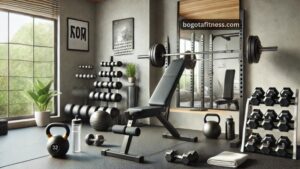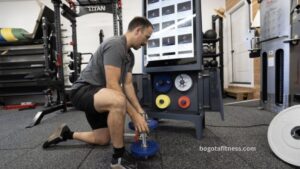A common tool used by sportsmen to assist relieve trigger points or muscular knots is the foam roller. These rigid patches are called “myofascial adhesions” in physiology, and they can result from injuries, overuse, and imbalanced muscles, among other things.
A lot of folks grow to love or despise their foam roller. Although the process of rolling out knots can be very difficult, overcoming the discomfort will improve your range of motion and shorten the time it takes for you to recover from a strenuous workout.
There are three key concepts to grasp before using your foam roller to tackle knots:
- When to use a foam roller
- Basics of using a foam roller
- Exercises to target specific areas
Foam rollers’ density, texture, size, and form all have an impact on its intended use and applications. See our article, Foam Rollers: How to Choose, for assistance in selecting the best kind of foam roller for you.
When to Use a Foam Roller
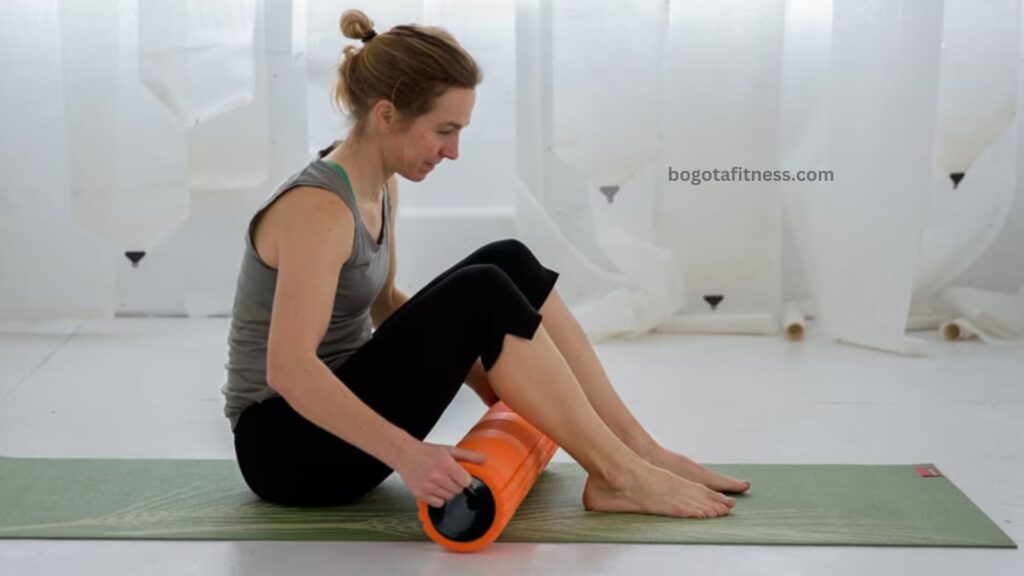
Almost anytime is a good time to utilize a foam roller for general muscle discomfort. Before turning in for the night, some people enjoy using a roller first thing in the morning. For the following reasons, Ana Gonzalez, a Certified Personal Trainer and employee of REI, advises athletes who regularly work out to foam roll right before or after a workout:
Before workouts: Using rollers during a workout may assist release tight muscles and facilitate more effective movement.
After workouts: Rollers could speed up recuperation and lessen muscular discomfort.
How to Use a Foam Roller
When first learning how to use a foam roller, it’s better to be overly soft rather than too intense because using a roller might be uncomfortable. As you become more aware of how your body reacts, you can modify the intensity. In general, the “it hurts so good” level of discomfort is what you’re after. Though it increases the danger of harm, pushing beyond discomfort into actual pain won’t speed up outcomes. Rolling too hard can really cause bruises on your muscles.
The steps to using your foam roller are as follows:
- Identify the part of your muscle that is sore or tight.
- Once the targeted area is centered above the roller, steadily lower it with control over your body.
- Once you’ve reached a point of discomfort (but not pain), lower your body onto the foam roller and keep it there.
- Hold for a duration of 20-30 seconds.
- Although the pressure is beneficial on its own, you can also gently roll back and forth to reactivate the area.
- With the roller, proceed carefully along the muscle, pausing and holding in the places that require extra attention.
Try making little adjustments to your body position while using your foam roller to see what works best for you. Don’t forget to breathe either. Many become so engrossed in the experience of working out a knotted pain that they fail to even breathe.
8 Common Foam Roller Exercises
Exercises using foam rollers are intended to target particular muscle groups. Here, we demonstrate how to use a cylindrical foam roller for eight common exercises.
Calf Exercise
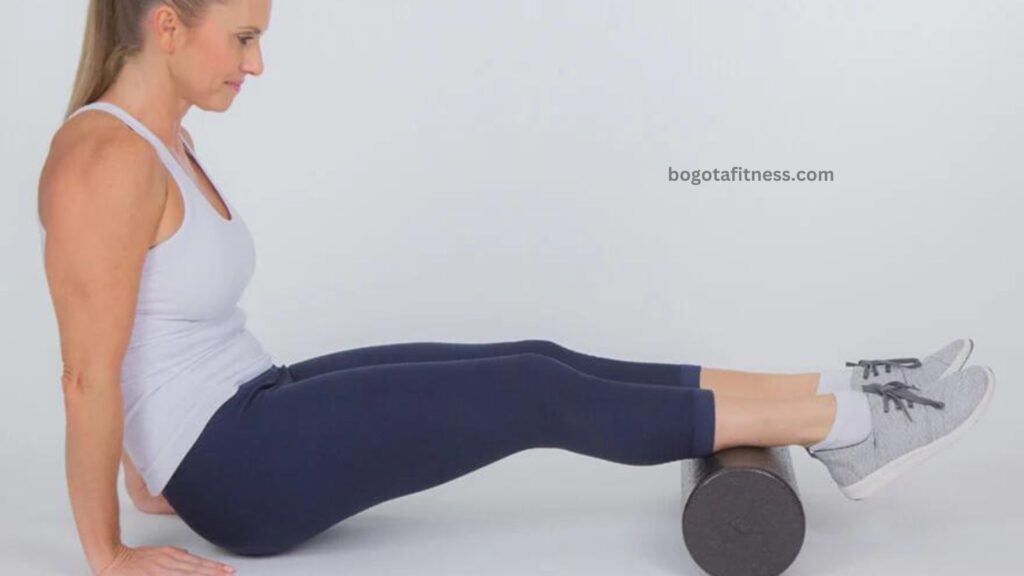
Place the foam roller under the calf of the leg that is straight out in front of you while you are seated on the ground. Bend your knee and place the other foot flat on the ground. Raise yourself up and reach your arms all the way to the ground behind you. Starting from your ankle and moving down to just below your knee, raise your butt off the ground a little. When you come to a sensitive area, roll carefully, stop, and hold the roller there for 20 to 30 seconds before continuing.
To strengthen your calf’s sides, you can rotate your leg in and out. To activate the calf muscle while rolling it, maintain your ankle flexed. Put your free foot on top of the shin that is on the roller to intensify the workout. Your calf is forced to apply more pressure to the foam roller as a result.
On the other leg, repeat.
Iliotibial (IT) Band Exercise
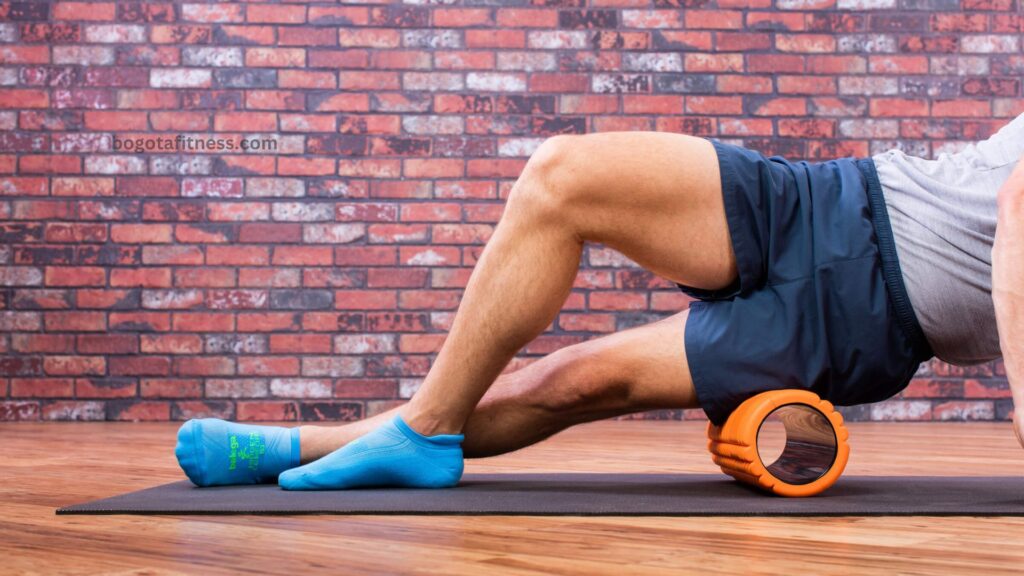
Place the roller beneath the side of your quadriceps while lying on your side. In front of the leg that is on the roller, place the foot of your other leg on the ground. Using the hand of your other arm and the forearm closest to the ground, support your upper body. From above your knee to slightly below the boniest region of your hip, roll back and forth over your outer thigh, pausing along the way to hold the roller for 20 to 30 seconds on particular spots. To change the angle at which pressure is applied to your IT band, slant your body slightly forward or backward.
Also Read: TOP 7 ROWING MACHINE BENEFITS
Quadriceps Exercise
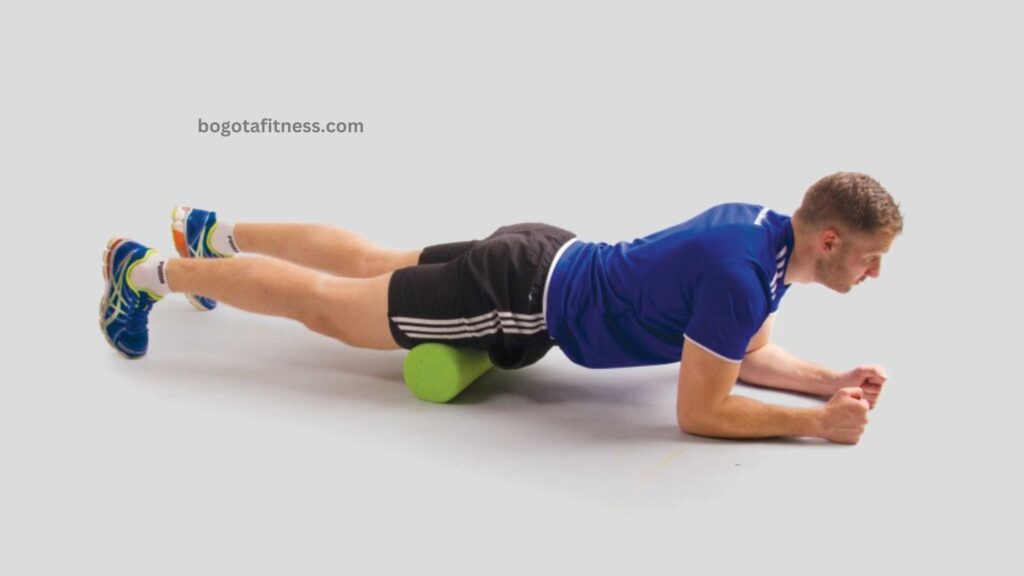
Place the roller beneath your thighs while lying face down. You can roll your quadriceps simultaneously or work on one leg at a time by moving the other leg to the side. Roll from above your knee to your hip while supporting yourself with your elbows.
Hamstring Exercise
Place the roller beneath your thighs and sit with your arms outstretched to support yourself all the way to the floor. From above the knee to below your butt, roll forward and backward. To work one hamstring at a time, you can roll both of your hamstrings at simultaneously or transfer one leg to the side.
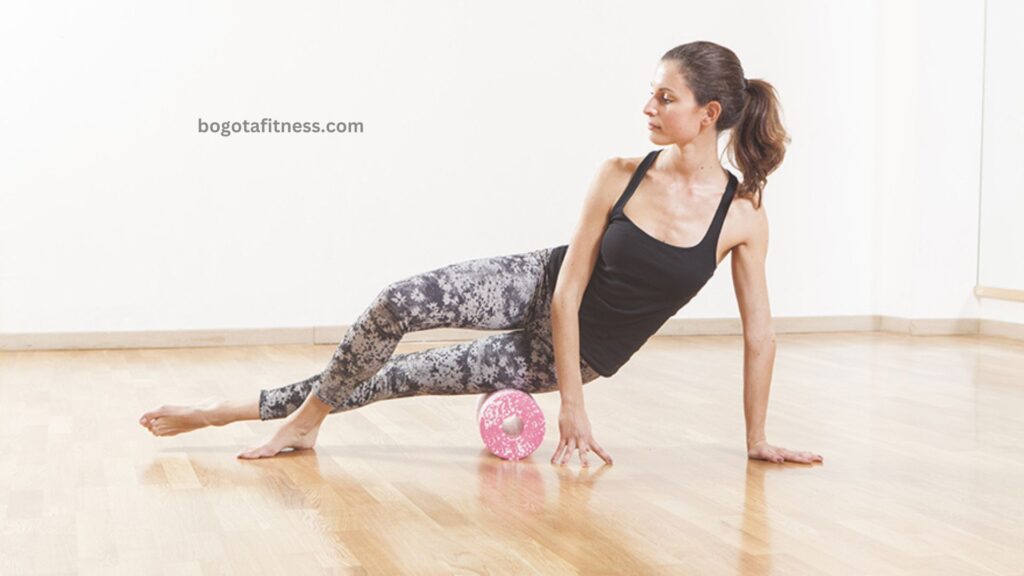
Adductor Exercise
With your knee bent, extend one leg out to the side while lying on your stomach. Position the foam roller on the side of your outstretched leg, close to your groin. Roll your inner thigh from your groin to slightly above your knee while supporting yourself on your elbows.
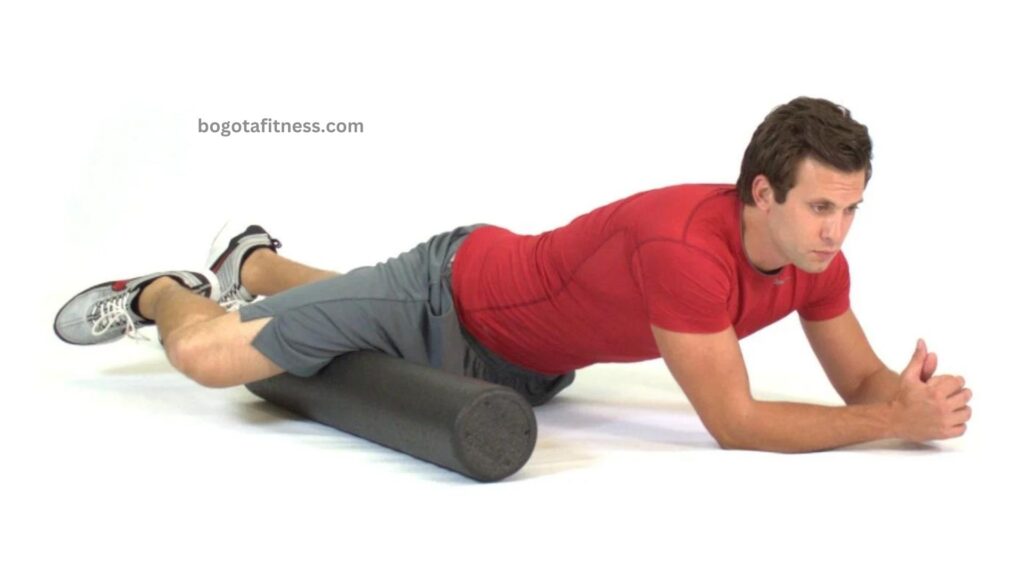
Gluteus Maximus (Glutes) Exercise
With your feet flat on the ground and your knees bent, take a seat on the foam roller to roll your right glute. With your arms stretched on the ground behind you, support your upper body. Currently, raise your right foot and plant it on your left knee to form a pose that resembles a sitting Figure 4 yoga pose. Lean to the right, then roll both forward and backward. On the left side, repeat.

Upper Back Exercise
Place the foam roller in the middle of your back, somewhat behind your shoulder blades and perpendicular to your spine, and lie down on it. For rolling your back, a 24-36-inch-long foam roller works best, as shorter rollers can’t fully cover the width of your back.
To support your head, put your hands behind your neck; however, take care not to strain your neck. To extend your shoulder blades, bring your elbows in close to your chest. With your knees bent and your butt raised off the floor, roll from your mid-back to a few inches below your neck. Take extra precautions to keep your lower back and neck safe.
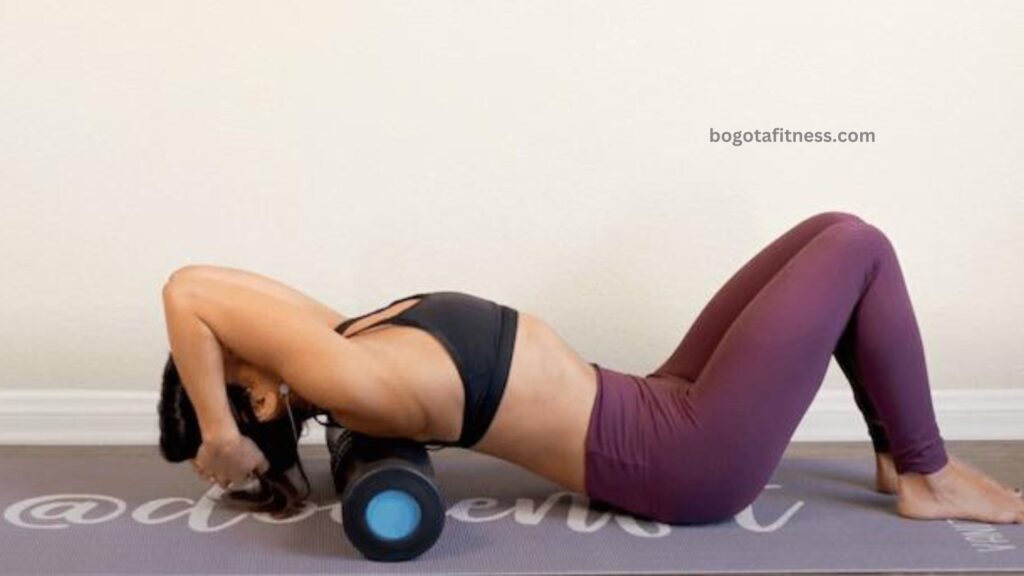
Latissimi Dorsi (Lats) Exercise
With the foam roller positioned beneath your armpit and perpendicular to your body, lie down on one side. Stretch your lower arm parallel to your body. Your leg and upper arm can be supported by the floor in front of you or behind you, or you can choose to keep them piled on your body. From your underarm to the middle of your torso, roll back and forth. Take a forward or backward bending posture to engage the muscle more deeply. On the opposite side, repeat the exercise.


